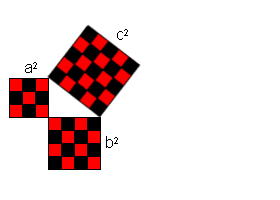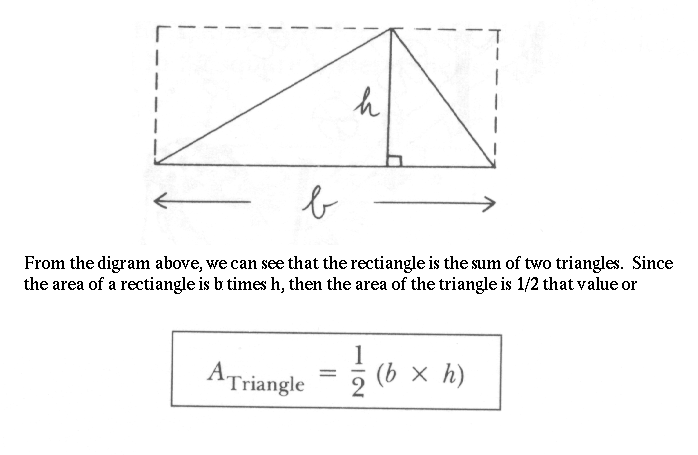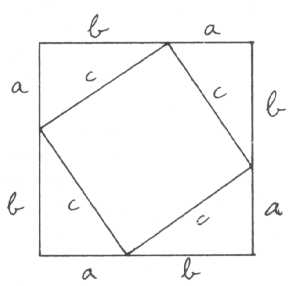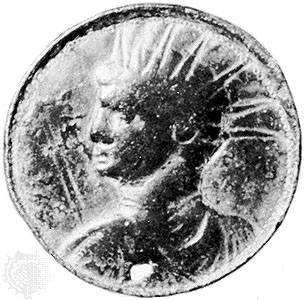It may be taken as certain that Pythagoras himself discovered the
numerical ratios which determine the concordant intervals of the musical
scale. Similar to musical intervals, in medicine there are opposites,
such as the hot and the cold, the wet and the dry, and it is the
business of the physician to produce a proper 'blend' of these in the
human body. In a well-known passage of Plato's Phaedo (86 b) we are told
by Simmias that the Pythagoreans held the body to be strung like an
instrument to a certain pitch, hot and cold, wet and dry taking the
place of high and low in music. Musical tuning and health are alike
means arising from the application of Limit to the Unlimited. It was
natural for Pythagoras to look for something of the same kind in the
world at large. Briefly stated, the doctrine of Pythagoras was that all
things are numbers. In certain fundamental cases, the early Pythagoreans
represented numbers and explained their properties by means of dots
arranged in certain 'figures' or patterns.




Excerpt from the Encyclopedia Britannica without permission.





